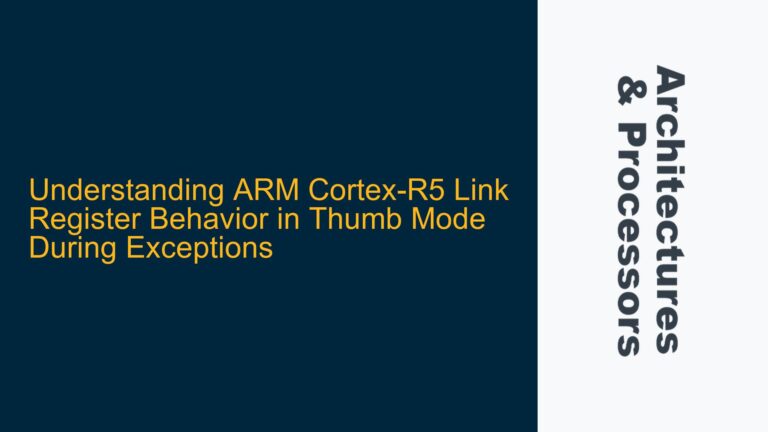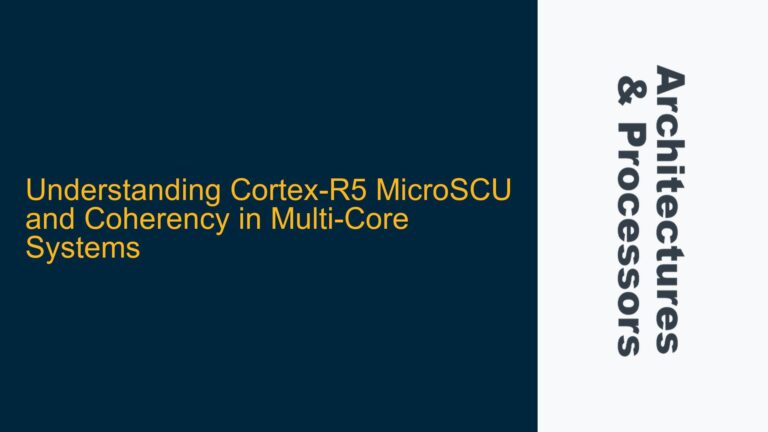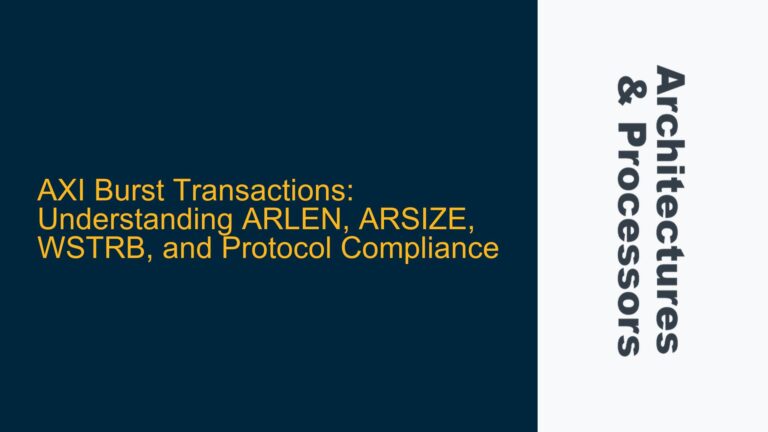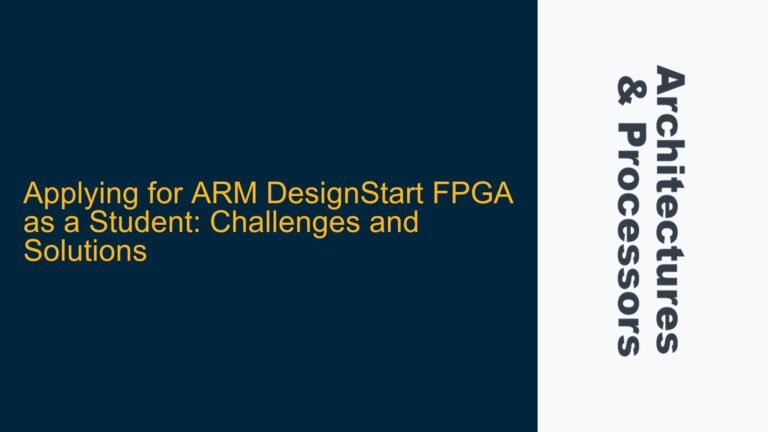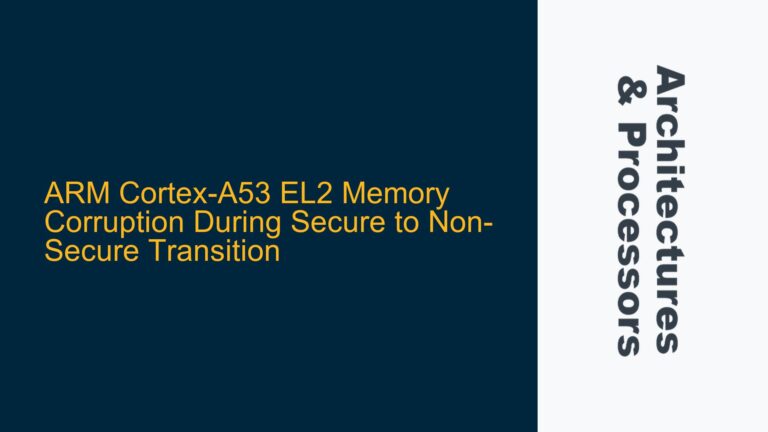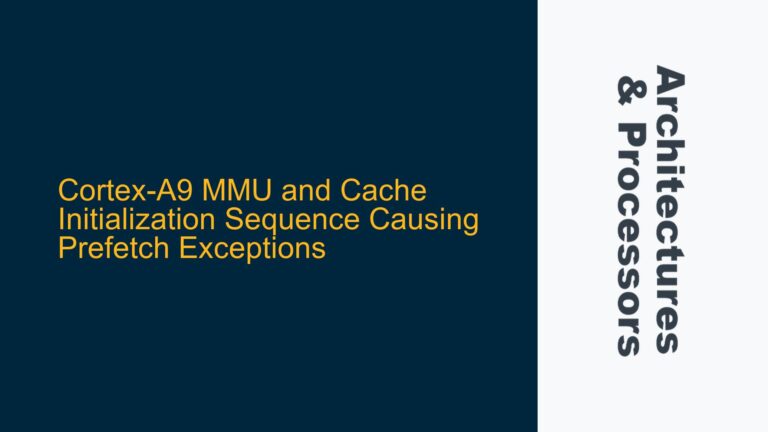ARM Cortex-A53 APU Cluster ID Bit Allocation and Interconnect Routing
The Zynq UltraScale+ platform integrates an ARM Cortex-A53 APU cluster with a NIC-400 interconnect, which is responsible for managing transactions between the Processing System (PS) and the Programmable Logic (PL). The ID width of the ports connecting the PS to the PL is 16 bits, with bits [9:2] representing the APU cluster and bits [1:0] indicating the specific core within the cluster. However, the remaining six bits (bits [15:10]) are implementation-defined and are used for routing transactions through the NIC-400 interconnect. These bits are critical for ensuring that transactions are correctly routed from the source to the destination, but their exact configuration is not explicitly documented in the Zynq UltraScale+ Technical Reference Manual (TRM).
The NIC-400 interconnect is highly configurable, and the routing of transactions is dependent on the internal topology of the interconnect. This means that the values of the implementation-defined ID bits are set during the configuration of the NIC-400 IP. Without access to the specific configuration used by Xilinx for the Zynq UltraScale+, it is challenging to determine the exact values of these bits. This lack of information can lead to timing issues in the PL design, as the large ID width can create bottlenecks in the interconnect.
The APU cluster generates transactions that are routed through the NIC-400 interconnect to the PL via the M_AXI_HPM1_FPD port. Since all transactions to this port originate from the APU MPCore, it is reasonable to assume that the routing path for these transactions is consistent. However, without knowing the exact values of the implementation-defined ID bits, it is difficult to optimize the PL design to meet timing requirements. The inability to fix these bits to constant values can result in increased complexity in the PL design, as the interconnect must handle a wider range of ID values, potentially leading to timing violations.
Implementation-Defined ID Bits and Potential Deadlock Scenarios
The implementation-defined ID bits in the NIC-400 interconnect play a crucial role in routing transactions from the APU cluster to the PL. These bits are used to specify the path that a transaction takes through the interconnect, and their values are determined by the internal configuration of the NIC-400. However, the lack of documentation on these bits poses a significant challenge for designers attempting to optimize their PL designs.
One of the primary concerns when dealing with implementation-defined ID bits is the potential for deadlock scenarios. Deadlocks can occur when the response IDs do not match the request IDs, leading to a situation where the interconnect is unable to process further transactions. This can happen if the ID bits are manipulated or overridden in an attempt to optimize the design. For example, if a designer attempts to fix certain ID bits to constant values without fully understanding the routing logic of the interconnect, it could result in mismatched request and response IDs, causing a deadlock.
In the context of the Zynq UltraScale+, the M_AXI_HPM1_FPD port is used exclusively for transactions originating from the APU MPCore. Given this, it is tempting to assume that the implementation-defined ID bits can be fixed to constant values, as the routing path for these transactions should be consistent. However, without explicit knowledge of the NIC-400 configuration, this assumption could lead to deadlock scenarios. The interconnect relies on the ID bits to correctly route transactions, and any deviation from the expected ID values could disrupt the flow of transactions, leading to deadlocks.
Additionally, the NIC-400 interconnect may use the implementation-defined ID bits for other purposes, such as transaction prioritization or Quality of Service (QoS) management. If these bits are fixed to constant values, it could interfere with the interconnect’s ability to prioritize transactions or manage QoS, further exacerbating potential deadlock scenarios. Therefore, it is essential to approach the optimization of ID bits with caution, ensuring that any changes do not disrupt the normal operation of the interconnect.
Strategies for Determining and Fixing ID Bits in NIC-400 Interconnect
Given the challenges associated with the implementation-defined ID bits in the NIC-400 interconnect, there are several strategies that can be employed to determine and fix these bits in a way that optimizes the PL design without introducing deadlock scenarios. These strategies involve a combination of analysis, experimentation, and careful consideration of the interconnect’s routing logic.
The first step in determining the values of the implementation-defined ID bits is to analyze the available documentation and resources. While the Zynq UltraScale+ TRM does not provide explicit details on these bits, it may be possible to infer their values based on the documented behavior of the APU cluster and the NIC-400 interconnect. For example, the TRM specifies that bits [9:2] of the ID represent the APU cluster, and bits [1:0] indicate the specific core within the cluster. By understanding the access patterns and behavior of the APU cores, it may be possible to deduce the likely values of the remaining ID bits.
Another approach is to use simulation and testing to observe the behavior of the NIC-400 interconnect. By running a series of transactions through the interconnect and monitoring the ID values, it may be possible to identify patterns or correlations that can be used to infer the values of the implementation-defined ID bits. This approach requires access to a simulation environment that can accurately model the behavior of the NIC-400 interconnect, as well as the ability to generate and monitor transactions in a controlled manner.
Once the values of the implementation-defined ID bits have been determined, the next step is to fix these bits to constant values in the PL design. This can be done by modifying the RTL code to hard-code the ID bits to the inferred values. However, it is important to ensure that this modification does not disrupt the normal operation of the interconnect. One way to achieve this is to implement a mechanism that records the ID bits of the first transaction received after reset and then forces the response IDs to match the recorded values. This approach ensures that the ID bits remain consistent throughout the operation of the design, reducing the risk of deadlock scenarios.
In addition to fixing the ID bits, it is also important to consider the impact of these changes on the overall performance of the PL design. The NIC-400 interconnect may use the ID bits for transaction prioritization or QoS management, and fixing these bits to constant values could interfere with these functions. Therefore, it is essential to thoroughly test the modified design to ensure that it meets the required performance and timing constraints. This may involve running a series of stress tests to verify that the design can handle a high volume of transactions without encountering deadlock or timing violations.
Finally, it is important to document any changes made to the ID bits and the rationale behind these changes. This documentation will be valuable for future reference and can help other designers understand the modifications made to the PL design. It is also important to communicate these changes to the broader design team, as they may have implications for other parts of the system.
In conclusion, the implementation-defined ID bits in the NIC-400 interconnect present a significant challenge for designers working with the Zynq UltraScale+ platform. However, by carefully analyzing the available documentation, using simulation and testing to infer the values of these bits, and implementing strategies to fix these bits in a way that does not disrupt the normal operation of the interconnect, it is possible to optimize the PL design and meet timing requirements. It is essential to approach this task with caution, ensuring that any changes made to the ID bits do not introduce deadlock scenarios or interfere with the interconnect’s ability to prioritize transactions or manage QoS.

